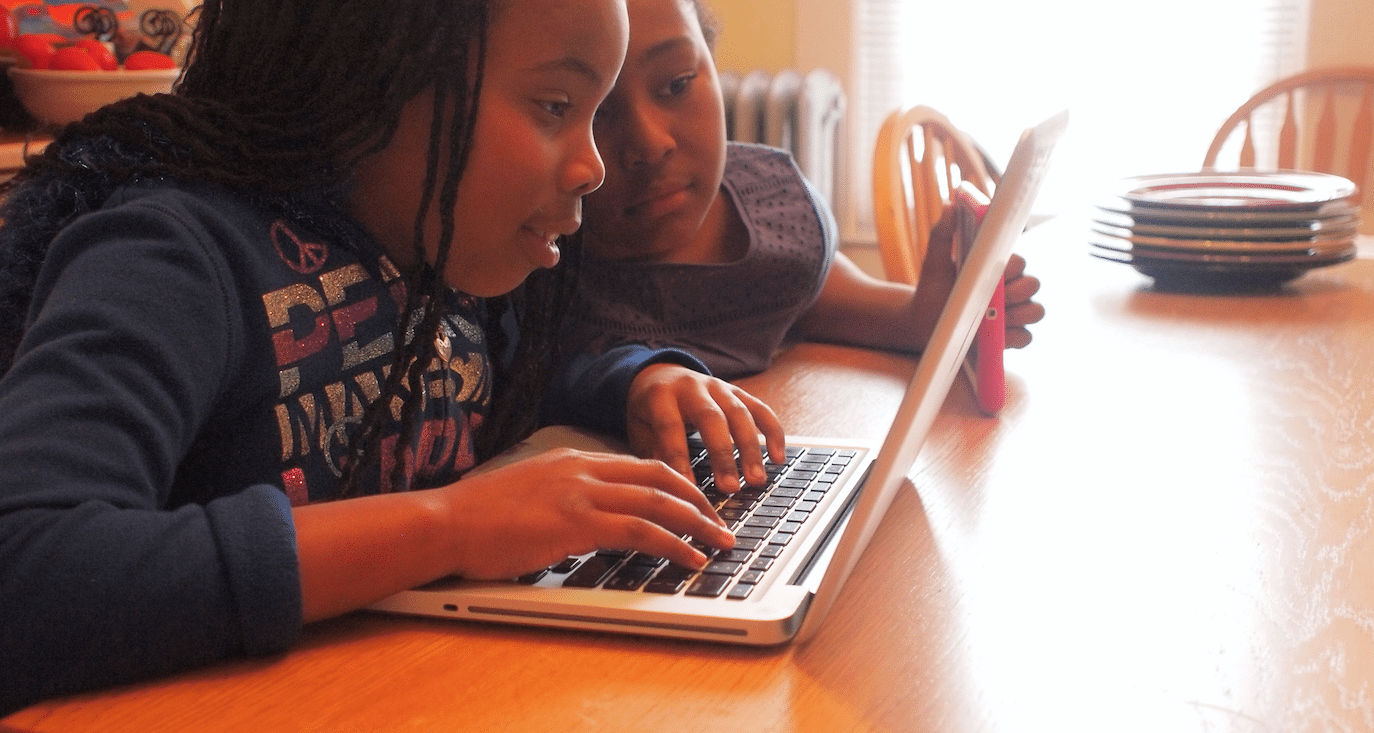

To grow salt crystal trees, the magic ingredient is bluing. (Image: Kathy Ceceri)
This month I’ve been teaching a Saturday morning “enrichment” class at a local elementary school combining science and art. Actually, I’ve been going pretty light on the science (since I’ve found that the students would much rather get to work on building their creations than listening to me lecture). And the art tends to lean heavily towards crafts, since that is my current strong point. But so far I haven’t heard any complaints from the kids, who seem to be having a great time.
Every week I’ve been focusing on a different branch of science, and for our last class we looked at the chemistry of crystals. Crystals are cool because how they look to our eye is how their atoms are arranged. For instance, one project the kids did was inspired by mini-marshmallow-and-toothpick models of carbon atoms when they’re arranged to make diamonds:


A marshmallow diamond (right) and as-yet-unknown molecule, left (Image: Kathy Ceceri)
We also painted pictures on black construction paper using a super-saturated solution of Epsom salt and water (a variation on the salt crystal activity found in my book Discover the Desert). The paintings come out glittery, although we didn’t get the snowflake-like results of the version found at Anne Marie Helmenstine’s great chemistry blog on About.com.
But the biggest project of the day was growing Salt Crystal Gardens and Salt Crystal Trees. The magic ingredient in these fluffy creations is Mrs. Stewart’s Bluing, a non-toxic laundry additive that can be found in grocery stores in my area. “Gardens” are grown on a base of cut-up cubes of kitchen sponge. The “trees” above use cardboard toilet paper tubes as a growing surface.
If you’re looking for a chemistry project to do with young kids (my students were in fourth and fifth grade) that goes beyond baking soda and vinegar this is a good one to try. All the equipment and chemicals can be found in the supermarket. And if you follow the directions I’ve posted on my blog Home Chemistry, it’s pretty much fool-proof. At least, it’s started growing within an hour every time I’ve done it.
Although the only noxious substance involved is household ammonia, I outfitted my students with rubber gloves and safety goggles from the dollar store. (As I found with my own kids, this also helps make the project feel ” more scientific.”) The ammonia led to a discussion of cat pee, of which ammonia is of course the active ingredient. This also gave me the chance to work in the important fact that Napoleon collected his troops’ urine to make explosives.
I guess you could say my class did learn some chemistry while they were making art.
![Reblog this post [with Zemanta]](http://img.zemanta.com/reblog_e.png?x-id=a2db686f-6a63-4b2b-83b7-bc05657d054d)


